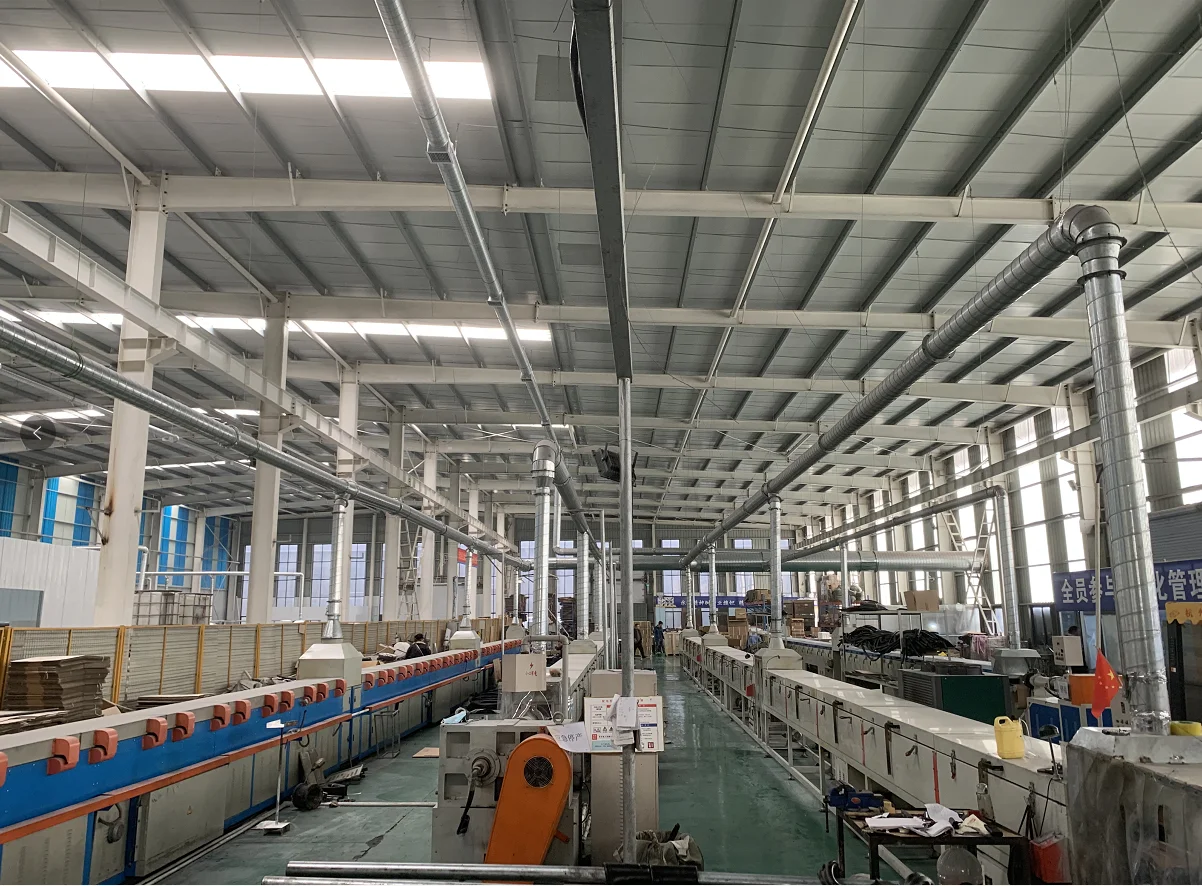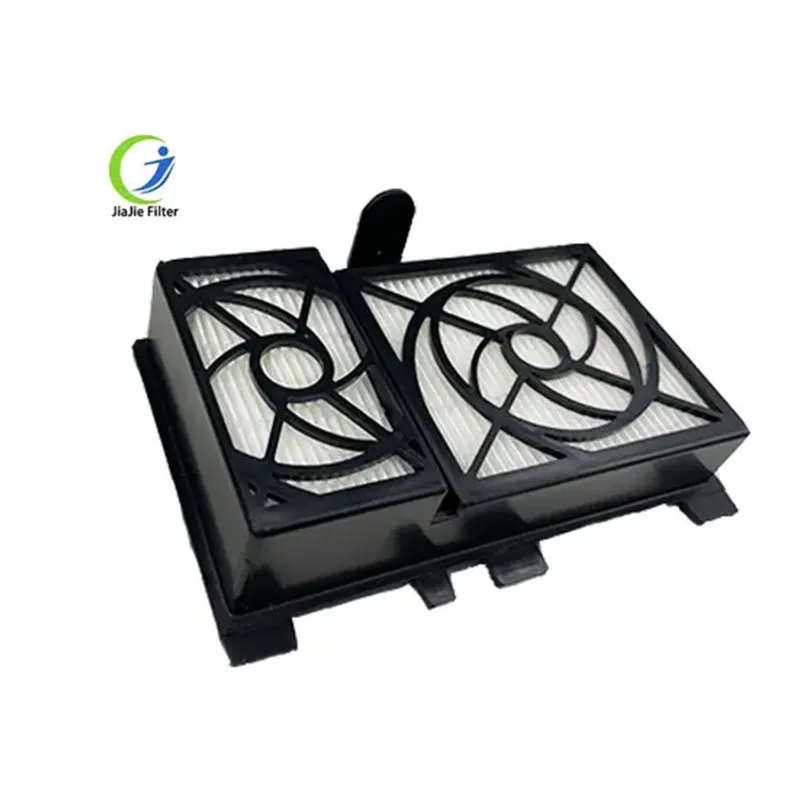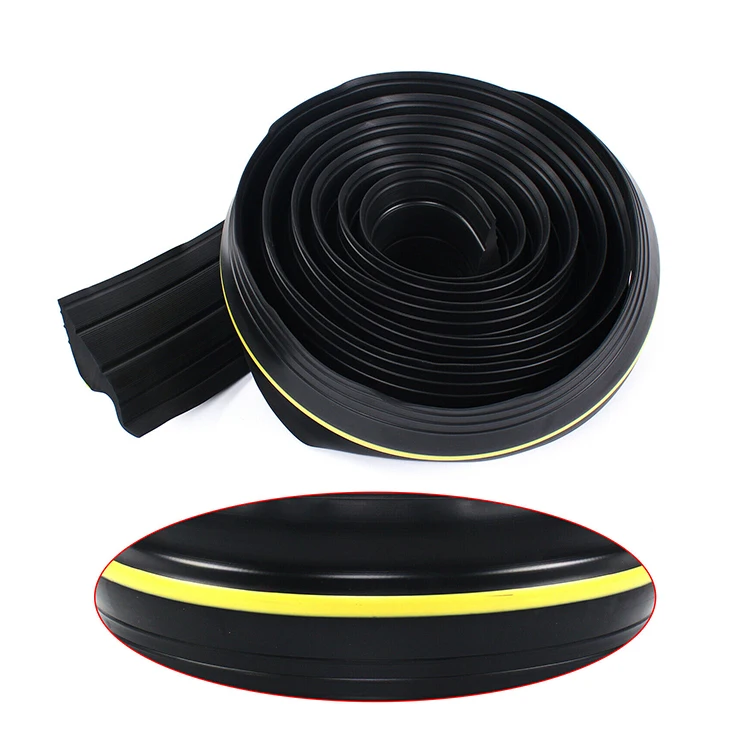Window rubber sealing strips are engineered from high-quality rubber or synthetic materials, designed to withstand various environmental stresses. These strips come in a variety of shapes and sizes, tailored to fit different types of windows, including casement, sliding, and awning windows. The primary function of these seals is to provide a tight fit when windows are closed, thus preventing drafts, water infiltration, and noise pollution. As such, their production must adhere to stringent quality standards.
 Home
Home










